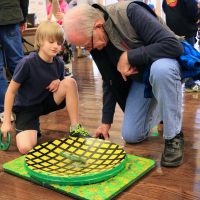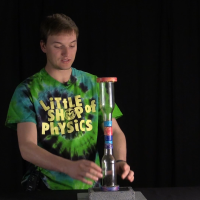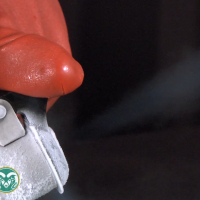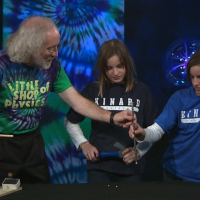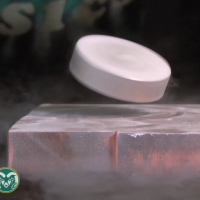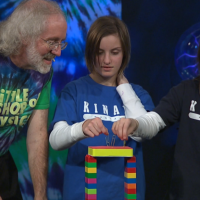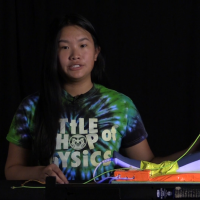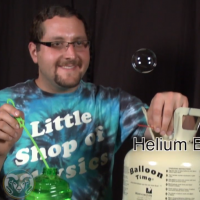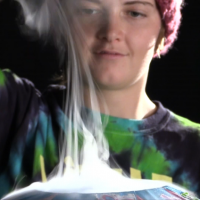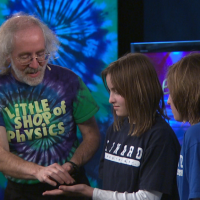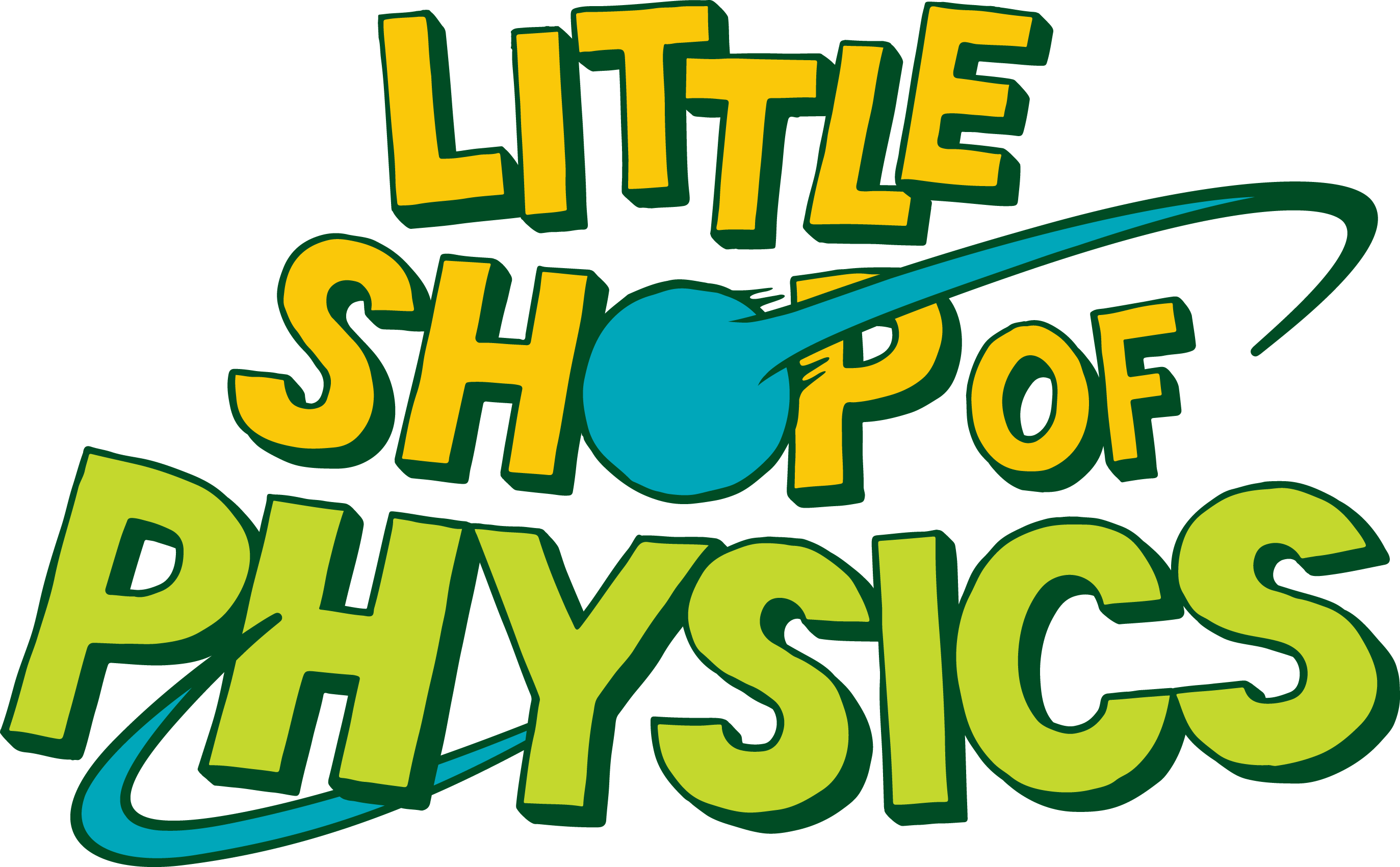24th Annual Open House: February 28
On Saturday, February 28, 2015, thousands of scientists of all ages from Pre-K to Gray descended on the Lory Student Center at Colorado State University. The 24th Annual Open House features the hands-on science experiments that are synonymous with the Little Shop of Physics.
Get Your Science On: Bad Hair Day
On this episode of Get Your Science On, Mayon shows us an awesome experiment that you can build with a some magnets, iron filings, and glass bottles.
EveryDay Science: Magnetism Part 4
Brian, Taylor and Bailey explore how magnetize and demagnetize magnetic materials. Then they use this to draw with magnetism!
Show Me Some Science! Magnetic Braking
A magnet is dropped on a cold block of copper and all sorts of awesome science ensues.
EveryDay Science: Magnetism Part 3
Magnetic materials like to line up with a magnetic field. Brian, Taylor, and Bailey experiment with steel paperclips and nuts near a super strong magnet.
Get Your Science On: Dark Vibrations
In this episode of Get Your Science On, Katie shows you a neat experiment that shows waves. You can build it with a vibrating back massager and some string.
Show Me Some Science! Buoyancy
The Little Shop team experiments with putting different objects in different fluids and seeing which float. Helium filled bubbles in the air and granite in mercury metal! Does it float?
Get Your Science On: Fogland
In this episode of Get Your Science On, Spice shows us an awesome new experiment that she came up with a couple of months ago. Fogland uses a humidifier, and under-inflated tire, and a plastic tub lid.
EveryDay Science: Magnetism Part 2
Brian, Taylor, and Bailey team up once again to explore some of the basic properties of magnets. All magnets have at least two poles, one north and one south pole. Opposite poles attract each other and like poles repel each other.
Contact Details
- Little Shop of Physics
Colorado State University
Natural and Environmental Science Building
1875 Campus Delivery
Fort Collins, CO 80523-1875 Telephone
Telephone: 970-458-LSOPEmail
Email: littleshopofphysics@gmail.com
Stay Connected
Flickr
Youtube
TikTok


